The changing face of Britain's favourite dogs, decade by decade
Partial to a poodle? Loopy about labradors? Cuckoo for cocker spaniels? You are not alone, says Victoria Marston, as she discovers the nation’s favourite dog breeds, decade by decade, using figures from the Kennel Club.
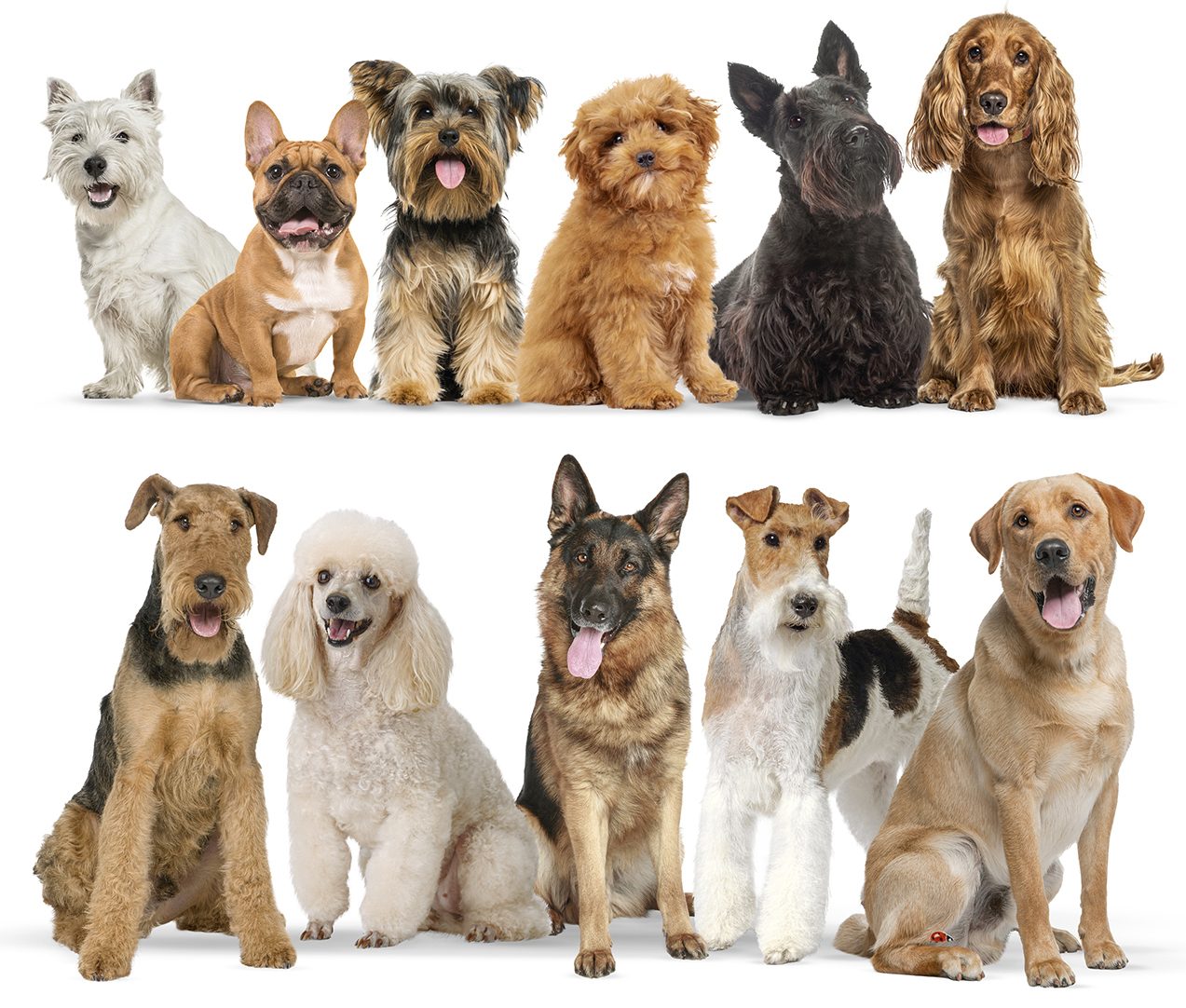

Set off for a walk around the country lanes and I wager £5 that you can’t make it home without spotting at least one labrador and tripping over a cocker spaniel or two (please note that I will not be honouring this bet). Take a turn around town and you will do well not to encounter a French bulldog; it is almost impossible to avoid crossing paths with a poodle-cross of some description.
A nation enchanted by dogs and the prospect of welcoming one (or 101) into our homes for the past century — before this, pet ownership was an unaffordable luxury for most, unless the animals were working dogs — we are also creatures of habit. It would appear that the more we are exposed to a particular breed, be it by family, neighbours or famous faces, the more the idea presents itself that we, too, must own one of these magnificent specimens.
Kennel Club (KC) puppy registrations for the past decade bear witness to the fact that we are currently a nation in thrall to the three dogs mentioned above (the poodle crossbreeds are not recorded, but statistics aren’t always needed to know something to be true). In fact, the six most popular pooches in the UK today account for more puppies than the other 216 breeds combined — no wonder some of our lesser-known dogs are in danger of falling off the radar entirely.
Looking back over the years, some of the usual modern-day suspects appear in the list of our favourite breeds time and again, but there are also a few more surprising entries. Who would have thought that the wire-haired fox terrier, a dog set to be added to the KC’s breeds at risk for the first time in its history, was once Britain’s top canine companion?
Britain’s favourite dogs of the 1920s
(by Kennel Club puppy registrations)
1. Wire-haired fox terrier (61,082)
2. German shepherd (32,824)
3. Airedale terrier (21,783)
In the first decade in which the KC had significant registration numbers, it was the wire-haired fox terrier that came out on top as Britain’s most-owned dog — despite the fact that, before 1920, the smooth-coated variety had been the more popular. It is widely reported that both Queen Victoria and Edward VII kept one (although there is some debate over the true breed of Edward’s little terrier, Caesar) and it was in 1929 that Tintin’s sidekick Snowy, a pure-white example, was ‘born’. Agatha Christie, whose first novel was published in 1920, dedicated two of her books to her own wire-haired fox terrier, Peter: ‘A dog in a thousand.’ One of these, Dumb Witness, even stars a wire-haired named Bob, which aids Poirot in his investigation.
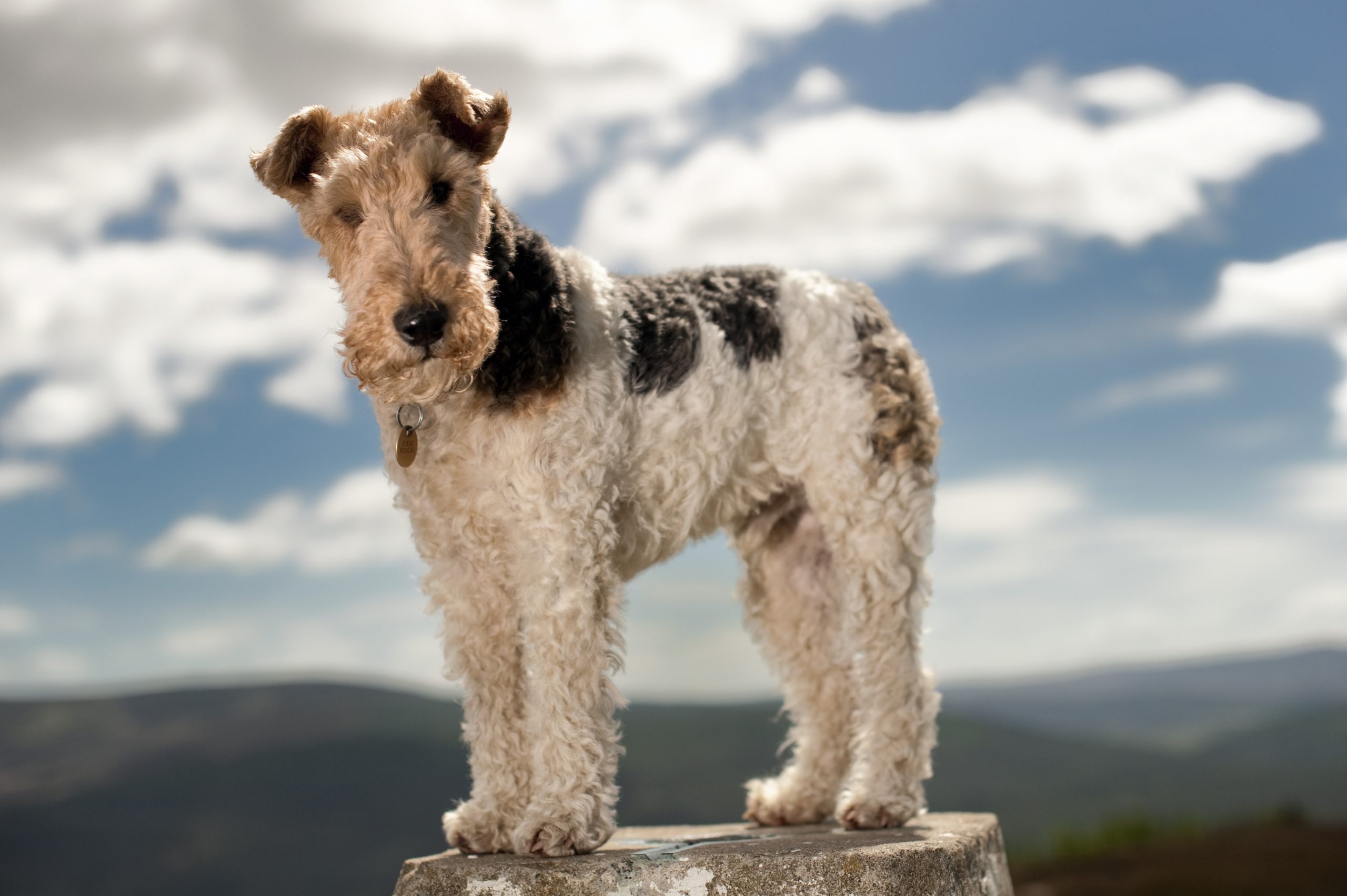
This ‘friendly, forthcoming and fearless’ — according to the breed standard — little dog, ‘keen of expression’ and ‘on tiptoe of expectation at slightest provocation’, remained in the top three in the UK throughout the 1930s and 1940s, with Hollywood darling Skippy, who starred as Asta in ‘The Thin Man’ films, keeping his kind in the spotlight. One of the most successful breeds at Crufts, having won Best in Show three times — in 1962, 1975 and 1978 — generations of small children learnt to toddle aided by a toy wire-haired fox terrier on a wheeled frame.
Sign up for the Country Life Newsletter
Exquisite houses, the beauty of Nature, and how to get the most from your life, straight to your inbox.
Sadly, none of this has translated into maintained popularity. In 2023, some 370 puppies were registered, compared with 8,000 when the breed was at its peak in 1947, meaning the wire-haired fox terrier will join the KC’s ‘At Watch’ list for the first time in its history. Some blame the time and costs associated with maintaining the dog’s coat. An article in this magazine in the 1950s argued that ‘the modern fox terrier is a fool’, having sacrificed sporting prowess — and, therefore, usefulness with vermin — in pursuit of showring looks (‘The rise and decline of the fox terrier’, August 19, 1954).
Britain’s favourite dogs of the 1930s
1. Cocker spaniel (64,021)
2. Wire-haired fox terrier (63,188)
3. Scottish terrier (35,091)
Bounding in and inching the wire-haired fox terrier off the top spot for the 1930s came the ‘merry cocker’, so-called thanks to its constantly wagging tail and cheerful disposition. Whereas wire-haired ownership would soon start to decline, the cocker spaniel’s star was very much in the ascendant. Topping the tables again for the 1940s, they may have since been edged down the podium by other more popular pups, but that is in no way reflective of a downward turn in numbers — during the 2010s, 228,955 puppies were registered, earning the breed a very respectable second place in the top three.
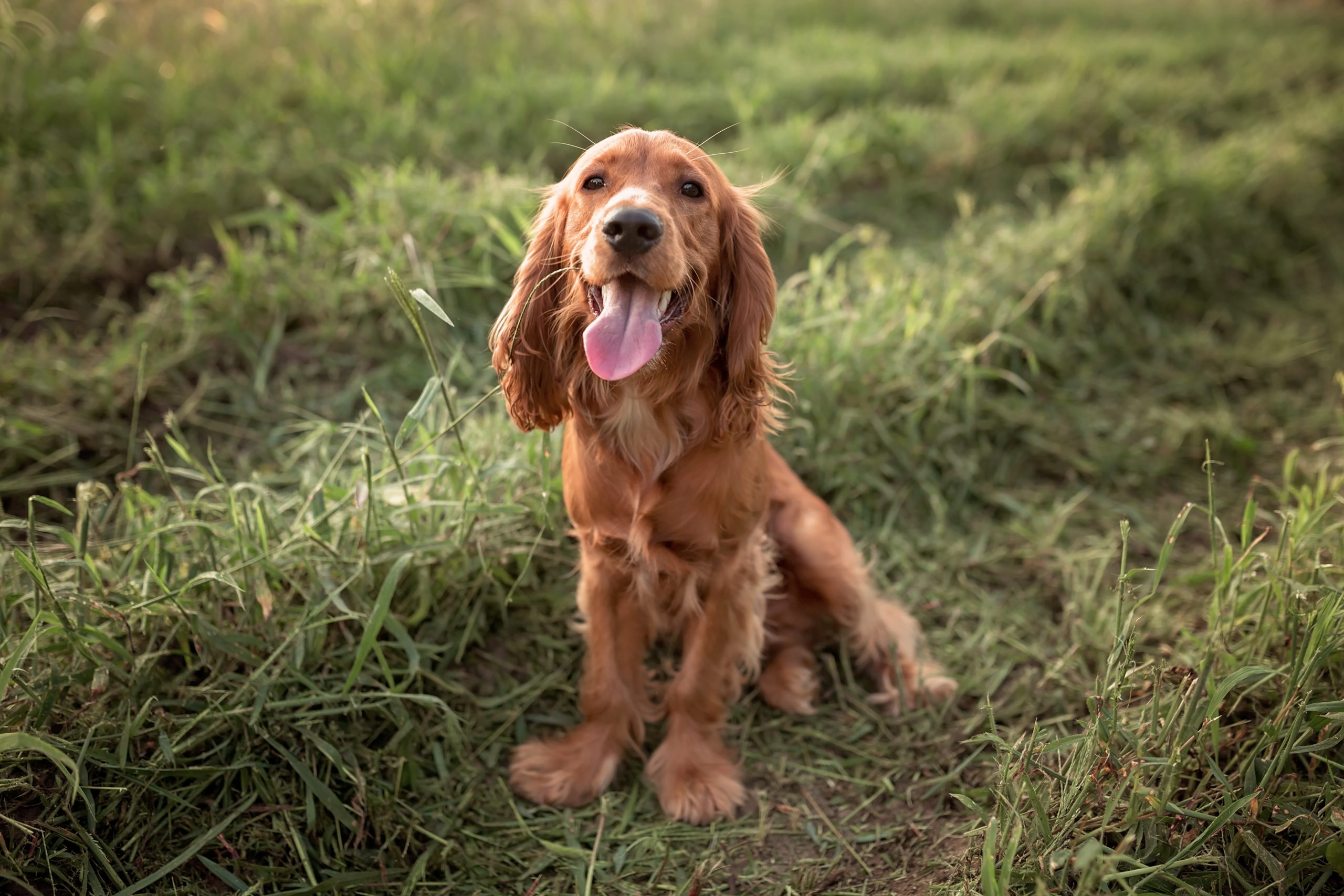
Originally bred to hunt woodcock and recognised as distinct from the springer in 1893, in its working form, Britain’s smallest gundog is expert at flushing and retrieving game. When it comes to the show type, this silky-coated bundle of joy took Best in Show at Crufts in 1930, 1931, 1938 and 1939 — truly the decade of the cocker — and has collected the title more times than any other breed. Thanks to its adaptability to town and country, as well as that sunny nature, the dog also became a hugely popular family pet. The cocker ranked as top dog for each year of the 1940s and accounted for about 20% of all puppies registered with the KC in that decade.
Unsurprisingly, famous fans of the breed abound: actress Shirley Temple’s childhood pet was a cocker spaniel named Rowdy; a teenage Lauren Bacall had the suitably glamorous ‘Champagne-coloured’ Droopy; and Oprah Winfrey has kept several, including rescue pup Sadie. Sir Elton John’s black-and-white cocker Arthur, a gift for the singer’s 56th birthday in 2003, was reportedly ‘best man’ at his civil union to future husband David Furnish.
The breed is, apparently, the perfect accompaniment to power, as well as fame: after the death of John F. Kennedy, a cocker named Shannon was reportedly the only dog kept by his wife, Jacqueline. Richard Nixon held on to ‘campaign gift’ Checkers for his children after the dog was sent to him by a man in Texas. Not all presidents, however, were won over — Harry S. Truman gave away cocker spaniel puppy Feller, another gift from a supporter, to his doctor.
Closer to home, The Prince and Princess of Wales are devoted to the breed: their first, Lupo, is memorialised in a series of children’s books by Aby King. In 2022, the family welcomed Orla into its ranks — the black cocker appeared in Princess Charlotte’s official seventh birthday photographs.
Britain’s favourite dogs of the 1940s
1. Cocker spaniel (139,099)
2. German shepherd (57,931)
3. Wire-haired fox terrier (47,349)
Quite astoundingly, the German shepherd not only bounced back from anti-German sentiment after the First World War to rank as our second most popular dog in the 1920s, it also managed to reclaim this ranking come the 1940s, half of this decade having been dominated by the Second World War. The breed was even used in Nazi propaganda, with Hitler’s own bitch, Blondi, being touted as proof that he was an ‘animal lover’ (he later poisoned her with cyanide). Country Life headlines of 1927 succinctly demonstrate the negative press these dogs had to contend with: ‘Are Alsatians treacherous?’ and ‘Anglicised Alsatians’ (the theory being that uncertain temperament and savage tendencies were perfectly permissible, if not actively encouraged, in German strains).
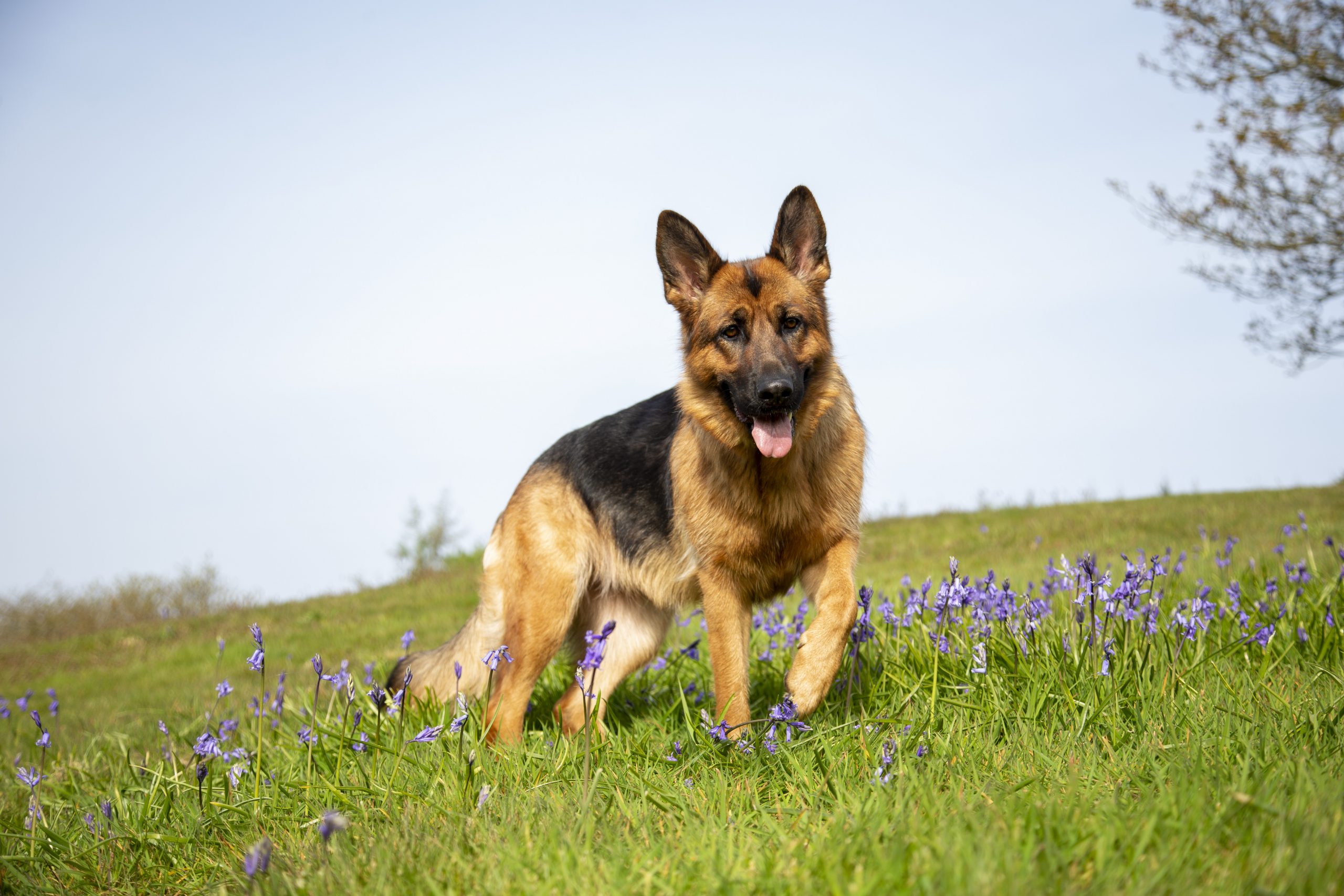
The move to the name Alsatian (or ‘Alsatian wolf dog’) was intended to distance the breed, which had been developed by German cavalry officer Max von Stephanitz as a herding dog in the 1880s, from such stigma — it wasn’t until 1977 that campaigners succeeded in having their dogs registered as German shepherds once again.
The breed’s loyalty, courage and versatility ensured it overcame its ‘see-saw history… entirely through its own outstanding qualities’ (‘Trends in dog ownership’, February 11, 1965). Both the world’s and the UK’s first formally trained guide dogs were German shepherds (about one in 20 guide dogs in the UK still are today), they remain hugely popular working dogs with the police and military and were the most registered UK breed of the 1980s, which saw a vogue for large dogs, including these and great Danes.
Britain’s favourite dogs of the 1950s
1. Miniature poodle (118,048)
2. Cocker spaniel (88,724)
3. German shepherd (77,333)
‘This is undoubtedly rubbish,’ responded Country Life to the suggestion that diminished numbers of wire-haired fox terriers were due to coat maintenance. ‘Miniature poodles have risen in popularity at an almost greater rate than fox terriers have declined, and, if any breed has a coat that needs constant, expert and often expensive barbering, it is the miniature poodle.’ (‘The rise and decline of the fox terrier’, August 19, 1954).
The author raises a valid point. Fewer examples are seen today with a traditional pom-pom trim, but this was by no means a fancy finish originating in the show ring. The dogs were once used to retrieve birds by duck hunters in Germany and the clip allowed greater speed in the water, as well as keeping certain areas, including the chest and joints, warm.
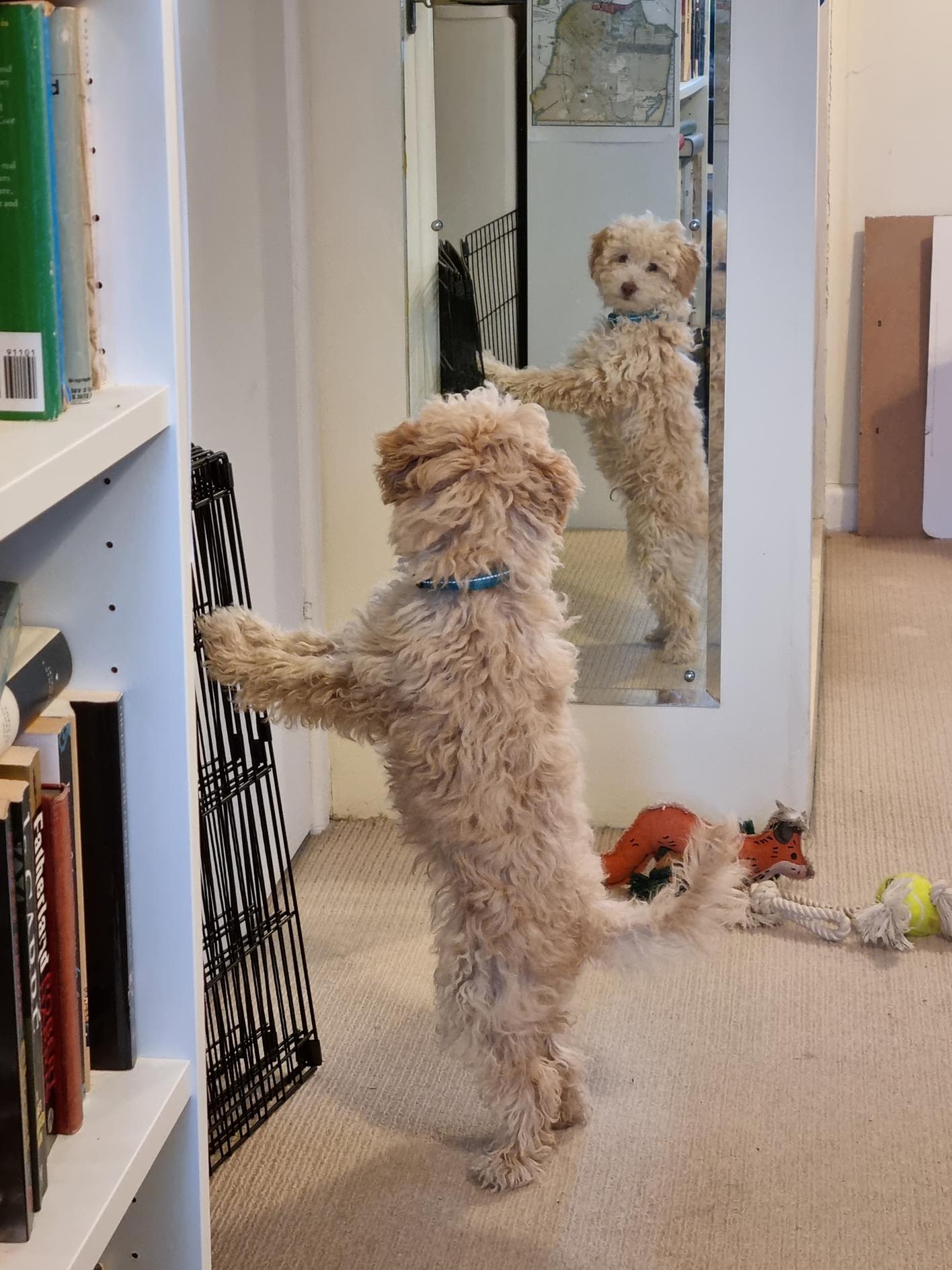
Differentiated from the larger standard and smaller toy poodle only by its size and sharing a breed standard, this ‘gay-spirited, good-tempered and elegant looking’ little dog, with its ‘very proud carriage’, is known for being the chosen companion of the great Sir Winston Churchill (rather than his ‘namesake’, the British bulldog). After Rufus was hit by a car in 1947, the only acceptable successor was another brown miniature poodle: Rufus II, who became Churchill’s ‘closest confidant’.
Photographed with Churchill and touted by magazines such as Vogue as a ‘must-have’ dog, the poodle in its miniature form would top puppy registrations in the UK for two decades running, both the 1950s and 1960s. Country Life concluded that despite grooming needs and a ‘love of its own voice’, the miniature’s ‘natural alertness and vanity make him a dapper little dandy’, ‘almost unbelievably intelligent and devoted to their owners’ (‘The poodle’s little brother’, October 22, 1953).
Britain’s favourite dogs of the 1960s
1. Miniature poodle (137,463)
2. German shepherd (116,052)
3. Toy poodle (96,528)
It was in about 1910 that poodles standing under 15in at the shoulder were classified as ‘miniature’ and then, in the mid 1950s, the breed was divided once again, with those standing under 11in reclassified as ‘toy’. The craze for these tiny poodles spread to the UK from the US and ‘within an almost unbelievably short time the pop-eyed little weeds that one had come to accept as toy poodles were replaced by well-coated, vivacious, sturdy little dogs that were a credit to the breed’ (‘Poodles great and small’, February 10, 1972). Come 1966, Mrs C. E. Perry’s apricot bitch Ch. Oakington Puckshill Amber Sunblush stood supreme champion at Crufts. The poodle, Country Life decreed, had become ‘one of the marvels of the modern world of dogs’ (‘Trends in dog ownership’, February 11, 1965).
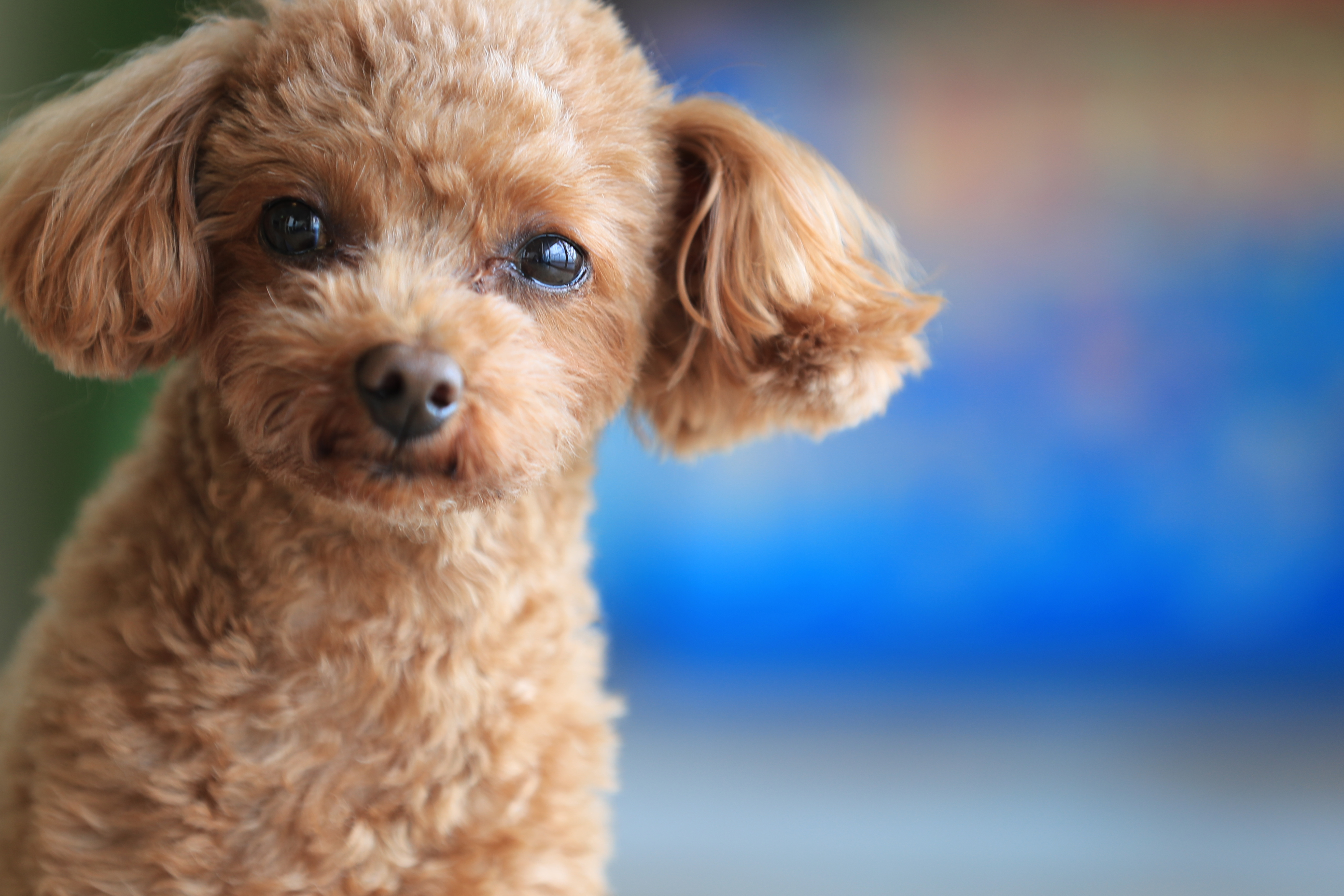
With toys charting as the third most popular breed in the UK and miniatures still taking top spot in our hearts, there is no doubt that the poodle was the darling of the 1960s. For Christmas 1962, Elvis Presley presented his future wife, Priscilla, with a toy poodle puppy named Honey. Barbra Streisand appeared on the front cover of Life magazine in 1966 with her white miniature Sadie — a 22nd birthday gift from the cast of Funny Girl — who, curled in her owner’s arms, also graced the singer’s Songbird album cover. A decade on, a white pedigree poodle named Foo-Foo proved the perfect choice for Miss Piggy in The Muppets.
Although the poodle has not appeared in the top three in any decade since — in any of its size varieties — it is amply represented in homes throughout the nation by poodle crossbreeds (which are not registered by the KC), be they labradoodles, cockapoos or something less familiar: bolonoodle, pomapoo or doodleman, anyone?
Britain’s favourite dogs of the 1970s
1. Yorkshire terrier (123,042)
2. German shepherd (122,290)
3. Labrador retriever (108,749)
Come the 1970s, come the rise of the Yorkshire terrier. The small black-and-tan dog — developed from foundation sire Huddersfield Ben in the 1860s — was once used for pest control in Yorkshire cotton mills, but has since made a name for itself as something of a lady’s lapdog: in the show ring, it is the only dog still placed on a decorative box and is categorised as a toy breed, rather than a terrier.
‘Alert, intelligent and spirited’, the compact little dog with an ‘important air’ boasts a beautifully silken coat, which has led some to the conclusion that L. Frank Baum’s Toto, described in The Wonderful Wizard of Oz of 1900 as ‘a little black dog with long silky hair’, was written as a Yorkie (although Toto was played by a cairn terrier in the film of 1939, giving that breed a boost in puppy registrations of 658% over the next seven years).
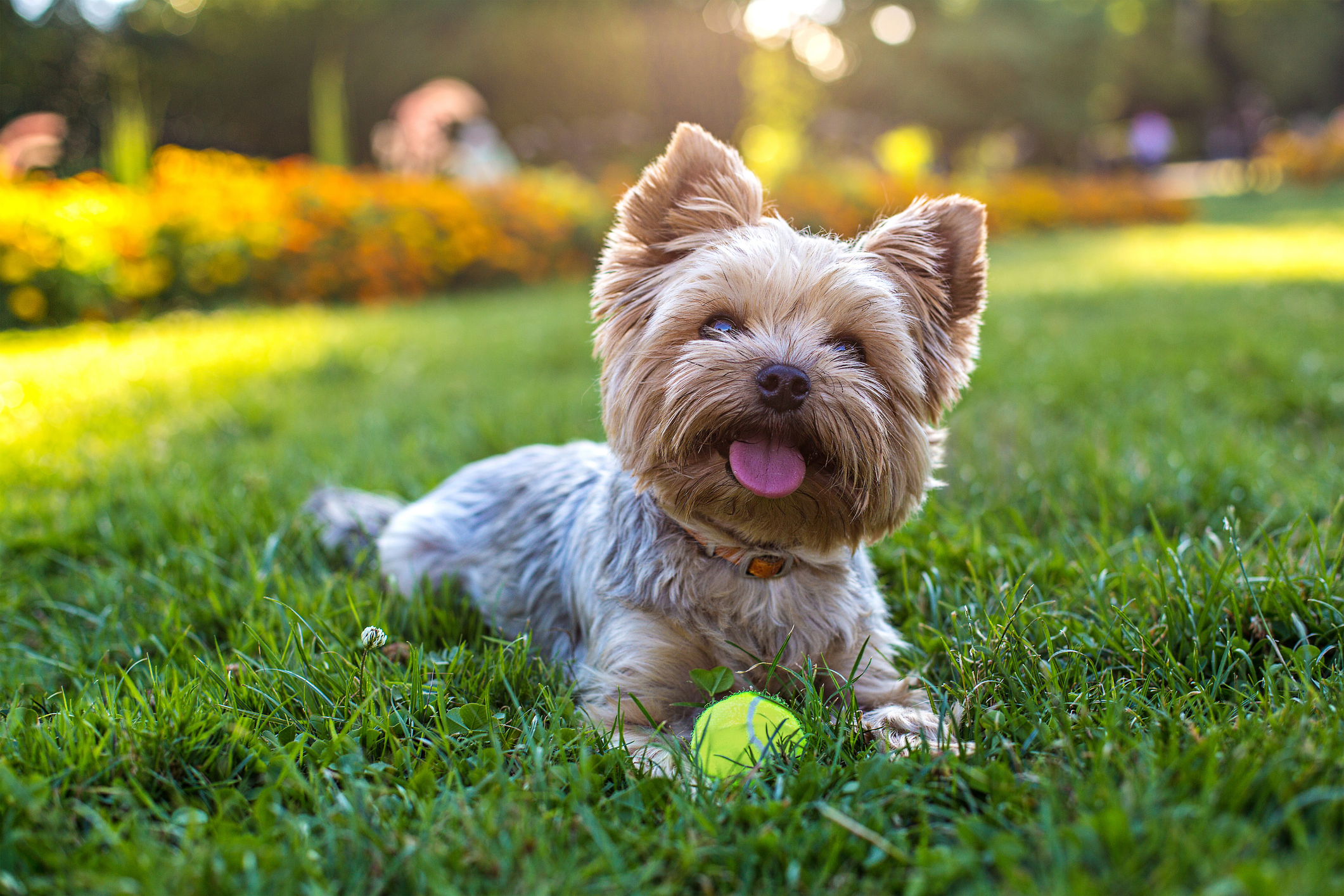
High-profile Yorkshire terrier owners have included Richard Nixon, whose dog Pasha resided at the White House in the 1970s and was seen at presidential events, and Audrey Hepburn — Mr Famous starred alongside his mistress in Funny Face. During the Second World War, American soldier William Wynne adopted a tiny Yorkie named Smoky. Not only was Smoky successfully sent through a pipe to run telephone lines beneath an airfield in the Philippines — effectively saving the lives of 250 men — she performed tricks, including playing dead and walking a tightrope, to cheer wounded soldiers.
The fact that many people, at first mention of the breed, picture a small mop with a bow on its head was addressed by a Country Life article of 1956: ‘It says much for a Yorkshire terrier’s instincts and character that, despite the generations that have lived their lives in conditions of almost unbelievable artificiality, the dog lucky enough to escape to a normal life is one of the pluckiest, most intelligent and sporting of the toy dogs. Even the coiffured atoms that appear in the show ring have a perky sprightliness that is not without its fascination’ (‘A sporting toy terrier’, August 23, 1956).
Britain’s favourite dogs of the 1980s
1. German shepherd (166,505)
2. Labrador retriever (153,118)
3. Yorkshire terrier (134,395)
In 1972, we saw the first Andrex puppy television advert. The playful pup has been branded on our consciousness ever since, but it only appeared after regulators decreed that the original concept, of a small girl trailing loo roll through the house, might encourage wastefulness. She was duly replaced by a yellow labrador. The breed has steadily climbed the tables of the UK’s most registered and popular dog: third in the 1970s, second in the 1980s and taking top spot by the 1990s, it has remained in first place ever since.
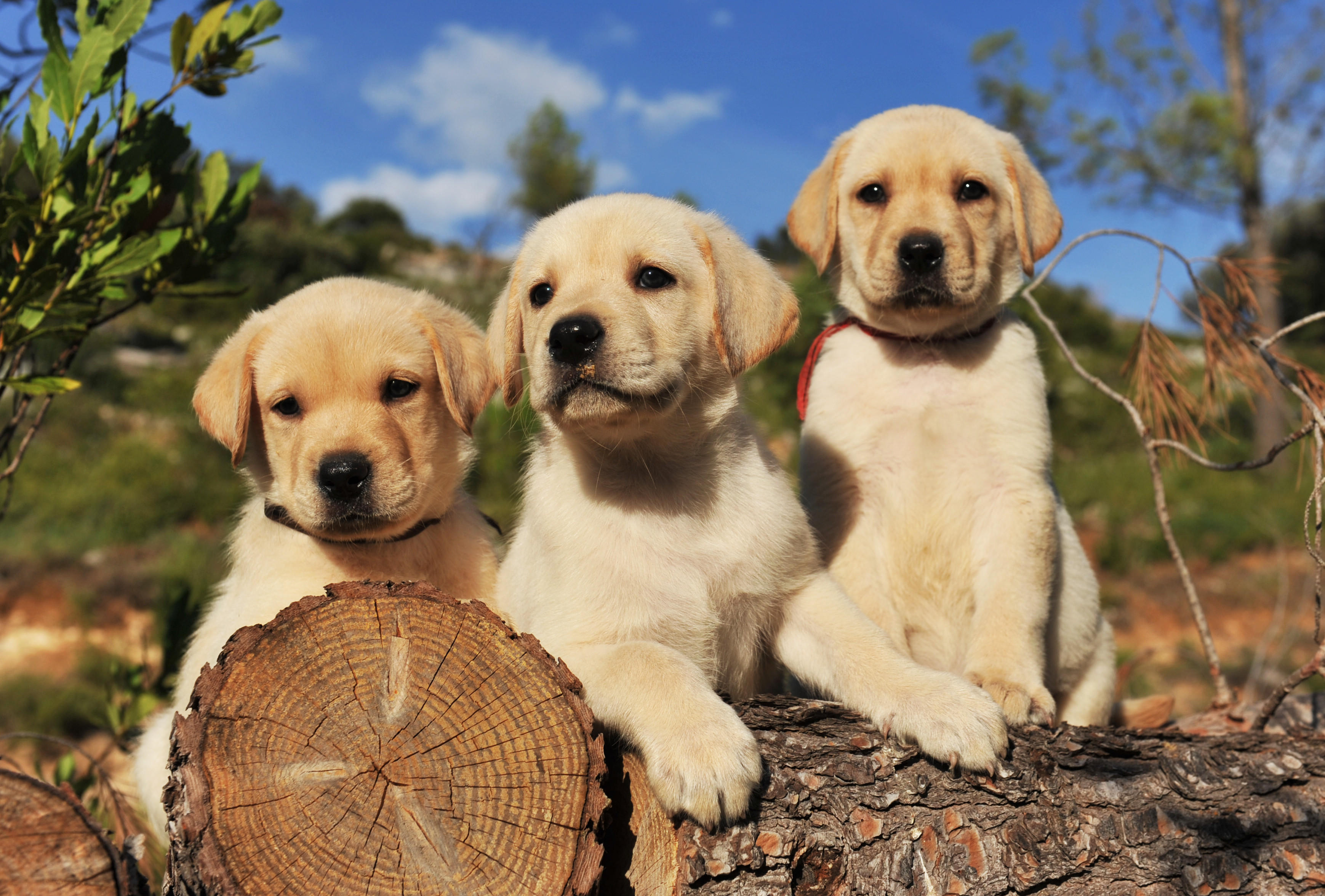
Introduced to Britain in the 1800s by Col Peter Hawker and the Earl of Malmesbury, the labrador retriever originated in Newfoundland, where the dogs helped fishermen to retrieve nets. Here, they replaced the flatcoated retriever as our gundog of choice, being far quicker to mature and, therefore, train. They are now one of the most common breeds of guide dog and incredibly popular family pets thanks to their kind nature, intelligence and devotion. ‘It may be claimed for the Labrador that he fulfils almost everything a man or woman can expect in a dog,’ raved a Country Life article of 1935, perhaps explaining the dog’s meteoric rise (‘Our friend the dog’, June 8, 1935).
The ‘only correct colours’ of labrador, according to the breed standard, are ‘wholly black, yellow and liver/chocolate’. Fox-reds — technically at the dark end of the spectrum of yellow labs — are becoming a more common sight in (there are more of them in working lines than show lines), but are by no means a new phenomenon: the first yellow labrador on record, Ben of Hyde of 1899, is thought to have been fox-red or at least very dark yellow.
The peak in labrador-puppy registrations of 2010 may have been prompted by the tear-inducing film Marley & Me of 2008, based on the memoir of journalist John Grogan — going against breed type, Marley earns himself the title of ‘the world’s worst dog’ — but there has been no shortage of labrador-owning public figures, from Jennifer Aniston (star of Marley & Me) to Bill Clinton, Ernest Hemingway, The King and the late Queen. Education Secretary David Blunkett’s guide dog Lucy, a black labrador, made headlines in 1999 when she was sick on the House of Commons’s carpet during a Budget debate.
Britain’s favourite dogs of the 1990s
1. Labrador retriever (301,738)
2. German shepherd (209,885)
3. West Highland white terrier (159,211)
Once a pale strain of cairn terrier often ‘condemned to the bucket’ (different times, barbaric measures), it was the Malcolms of Poltalloch, Argyllshire, who took a fancy to the fairer dogs — finding them easier to spot in the countryside and perhaps less likely to be confused with a fox — ‘and consistently preserved their white or cream puppies, bred from them with care and thus developed a white strain’ (‘The ever-ready West Highland terrier’, November 5, 1959). Initially known as the Poltalloch terrier or the Roseneath, after a line developed on the Duke of Argyll’s estate, the West Highland white terrier was recognised by the KC — which describes the little dogs as ‘alert, gay and courageous’ — in 1907.
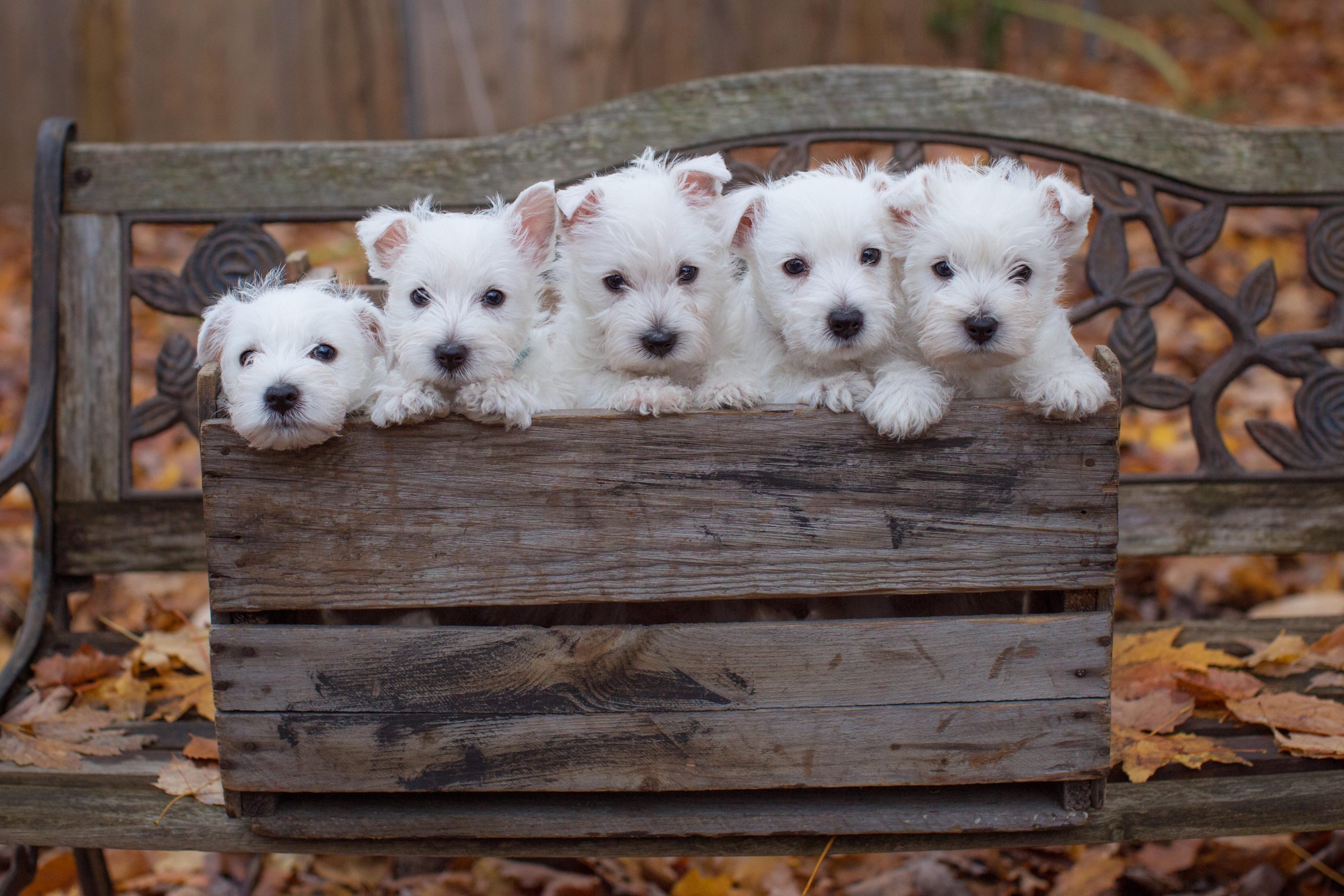
‘These intelligent little terriers,’ Country Life continued in 1959, ‘with their joie de vivre, energy and readiness to oblige their owners under all circumstances, are steadily rising in the esteem of the dog-loving public.’ Indeed, it was in 1989 that Cesar chose the breed as the face of its dog-food brand and by the 1990s, West Highland terriers had become the third most popular dog in the UK, with nearly 160,000 puppy registrations.
With friendly little faces that were made for the screen, Westies have been used to portray both P. G. Wodehouse’s McIntosh (originally an Aberdeen terrier belonging to Bertie Wooster’s Aunt Agatha) and Greyfriars Bobby, in a 2006 film based on the 19th-century Skye terrier. High-profile fans of the breed over the years have included Cary Grant, Alfred Hitchcock and Al Pacino.
Accused by their breed standard of being ‘possessed of no small amount of self-esteem with a varminty appearance’, a West Highland terrier named Ted was first runner-up in Country Life’s 2019 search for Britain’s naughtiest dog, after he ‘ate Christmas’ (demolishing tree, gifts and food). At the better-behaved end of the spectrum, the 2016 Crufts Best in Show title was won by Burneze Geordie Girl (who was congratulated on Twitter by Geordie television presenters Ant and Dec), the first of her breed to do so since 1990.
Britain’s favourite dogs of the 2000s
1. Labrador retriever (413,973)
2. Cocker spaniel (174,511)
3. English springer spaniel (138,178)
The most popular spaniel, according to the KC, for working in the field, the English springer entered the charts of the UK’s top dog, in third place, in the same decade that the cocker climbed back into second, confirming our love for these happy and biddable breeds. Taller than the cocker, the springer is descended from the same lines: land spaniels were divided off from water spaniels in the 1600s, then again into ‘setting’ and ‘springing’ spaniels. Come the 1800s, these springing spaniels were differentiated according to size, springers being the largest, then Sussex and finally the smaller cocker. Named for their springing motion when flushing quarry for nets, hawks or greyhounds, working English springer spaniels are now used to find, flush and retrieve birds for guns when game-shooting.
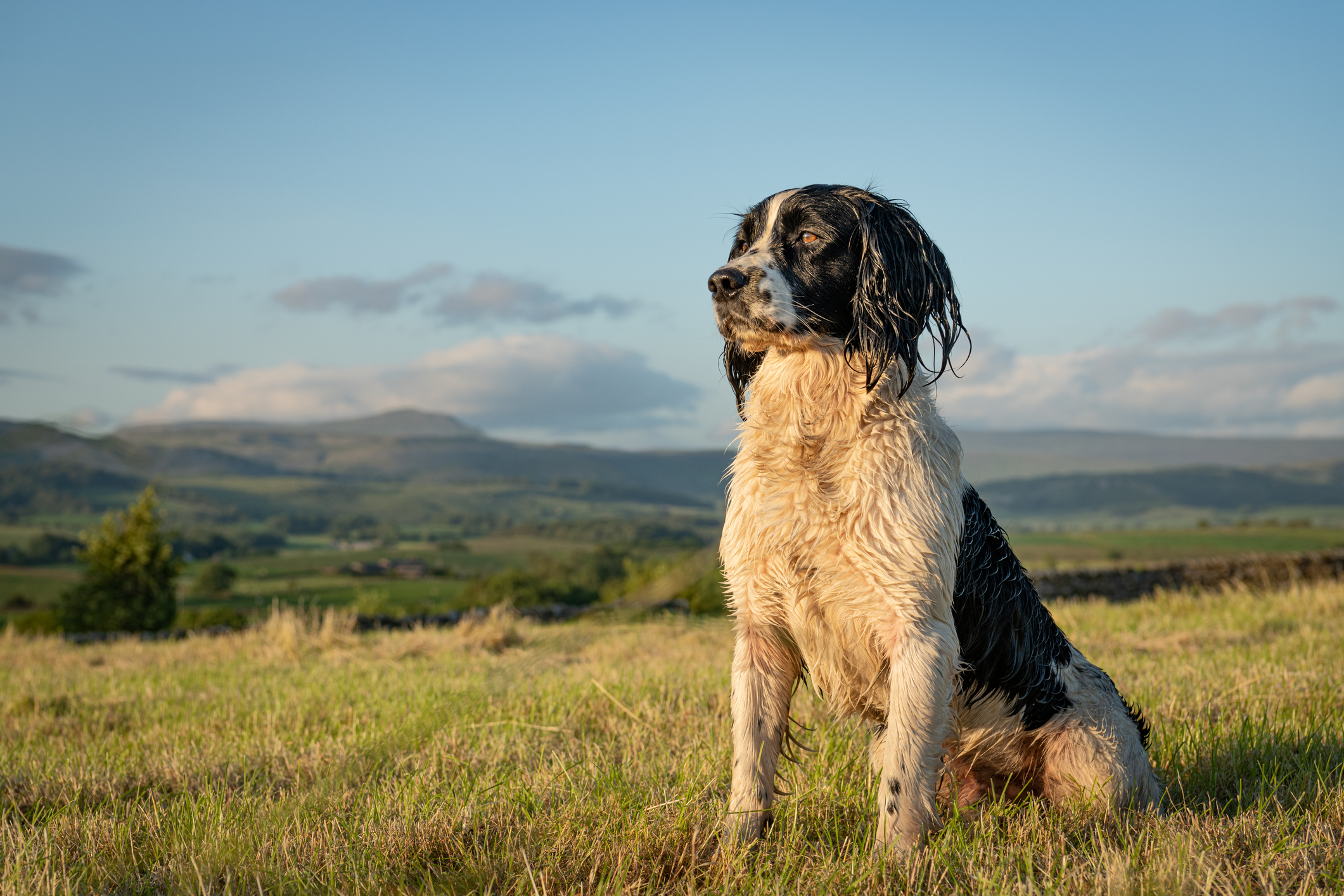
Elsewhere, they are frequently employed as sniffer dogs by the police and army, being adept at detecting explosives and drugs. In 2003, springer spaniel Buster, who went from a rescue centre to serving as an Arms and Explosives Search Dog in Iraq, was awarded the PDSA Dickin Medal for bravery, recognised as the animal equivalent of the Victoria Cross. Fellow springer and search dog Theo received the same award posthumously in 2012, after dying alongside his handler LCpl Liam Tasker in Afghanistan the previous year — the pair had been one of the most successful teams of the entire conflict. More happily, English springer Max received the PDSA Order of Merit for Outstanding Devotion in 2021 — the first pet ever to do so — for his work as a therapy dog.
‘Compact, strong, merry and active’, the English springer was the pet of choice of both Bing Crosby and Grace Kelly, Princess of Monaco. More recently, US President George W. Bush kept brown-and-white springer Spot Fetcher (named for baseball player Scott Fletcher), the progeny of his own father President George H. W. Bush’s dog Millie. ‘By nature the springer spaniel is affectionate, eager to please, an honest workman and a loyal and intelligent companion. What more can one ask of a dog?’ concluded a Country Life article of 1956 (‘The sporting English springer’, June 28).
Britain’s favourite dogs of the 2010s
1. Labrador retriever (363,595)
2. Cocker spaniel (228,955)
3. French bulldog (163,693)
The French connection
A cynical person, asked to solve the conundrum, “When is a bulldog not a bulldog?” might be disposed to reply, “When he is a Bouledogue Français”,’ quipped this magazine at the turn of the last century (‘Kennel Notes: French bulldogs’, March 4, 1911). Citing the French bulldog’s ‘bat ears’, less projected jaw, lack of furrow in the skull and larger eyes, the author nonetheless went on to conclude that ‘as all these characteristics were present in the small English bulldogs of fifty or sixty years ago, there is substantial ground for the belief that both are of the same stock’ — thus overturning the conclusion of a different article a year earlier, that ‘the word “bulldog” applied to this breed is a misnomer’ as ‘the Bouledogue Français certainly resembles more closely the Boston terrier’ (‘Kennel Notes: miniature and French bulldogs’, March 5, 1910).
Despite its name, part of the French bulldog’s lineage does trace back to the British toy bulldogs of the 1850s, when Nottingham lace-makers emigrated to France during the Industrial Revolution, taking their dogs with them. There, they are thought to have been cross-bred with other short-faced types, eventually resulting in the ‘Frenchie’ as we know it.
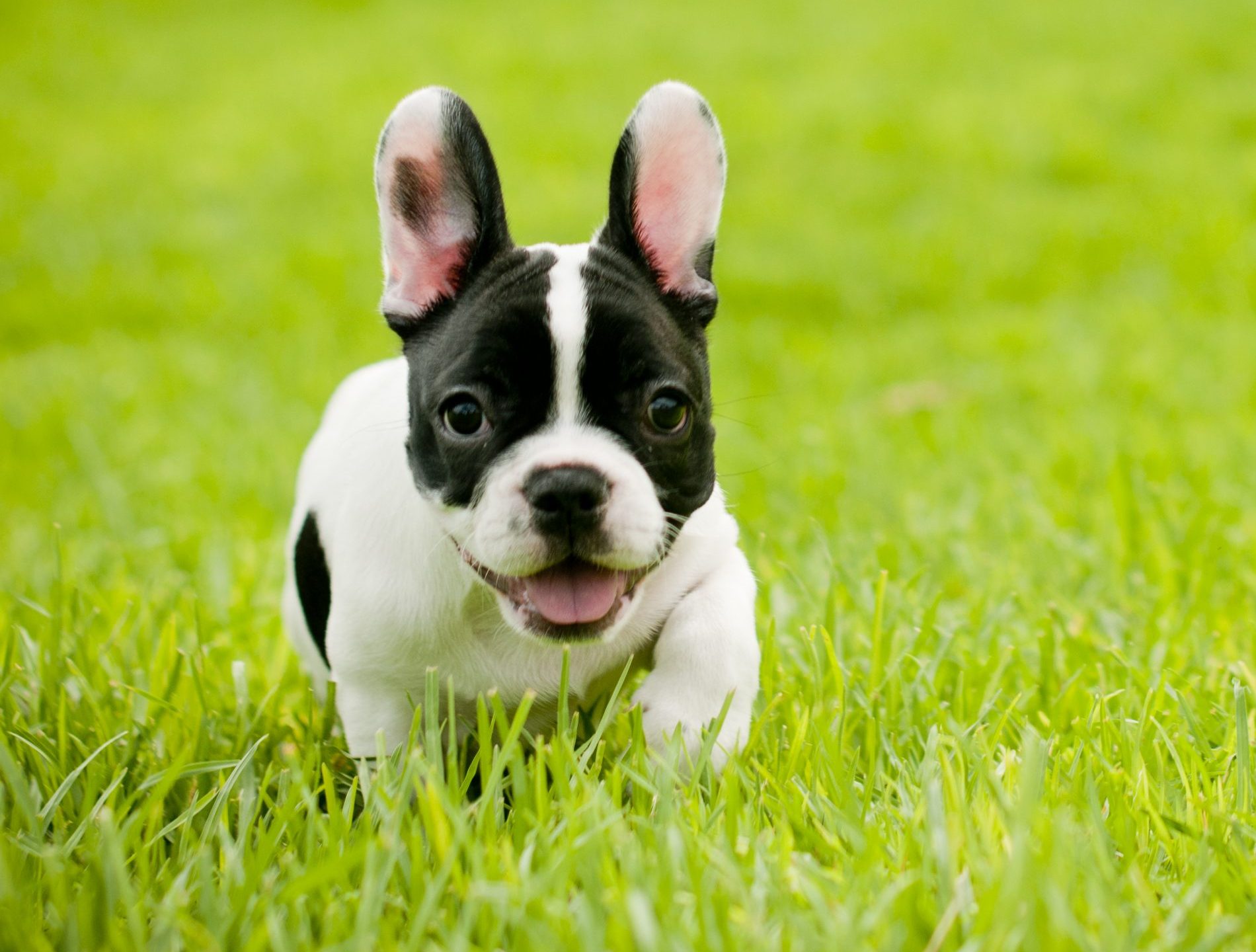
The vivacious little dog, ‘full of courage, yet with clown-like qualities’, says the breed standard, became popular in Paris, appearing in paintings by Degas and Toulouse-Lautrec, and with the elite generally. According to the ship records of RMS Titanic, a French bulldog named Gamin de Pycombe, belonging to US banker Robert Daniel, went down with the ship in 1912 (his owner survived) — in the early scenes of the 1997 film, one of the dogs is shown boarding the boat.
In the 2010s, the charismatic breed swept the nation, coming in as our third most popular pooch overall — looking at 2018 alone, there were more French bulldog puppies registered than labrador retrievers (36,785 vs 36,526), knocking the mighty lab off its perch at the top for the first year since 1990. However, a sudden surge in popularity brings with it the risk of indiscriminate breeding and an increase in the respiratory issues associated with brachycephalic or flat-faced breeds (the best way to avoid these is to buy a puppy from a reputable breeder).
The rise of the French bulldog was no doubt helped by its role as sidekick to the stars: Lady Gaga, Reece Witherspoon, Martha Stewart, Hugh Jackman, the Beckhams and Olympic swimmer Michael Phelps are all known Frenchie fans. Renowned dog lover and actor Tom Hardy even took his French bulldog Blue to a Leicester Square film screening in 2021, posing for photographs on the red carpet. Vive le bouledogue français, indeed!
With thanks to the Kennel Club for puppy-registration statistics and research assistance. Crufts dog show runs from March 7–10 at the NEC Birmingham — www.crufts.org.uk
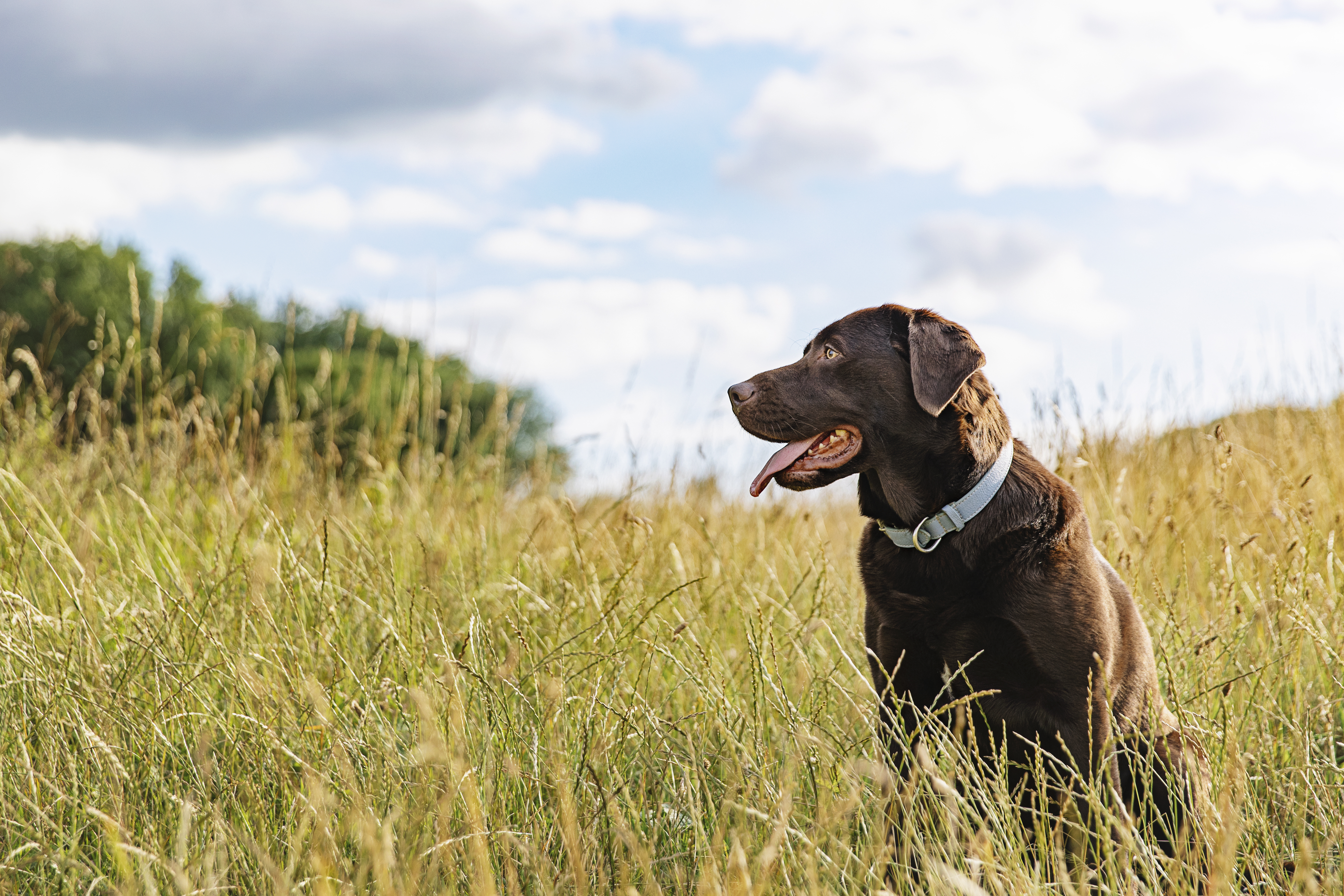
Credit: Getty
The three dog breeds that make the ultimate family pet, according to expert trainer Ben Randall
In decades of working with dogs, Ben Randall has seen every possible breed of dog — these are the three he'd
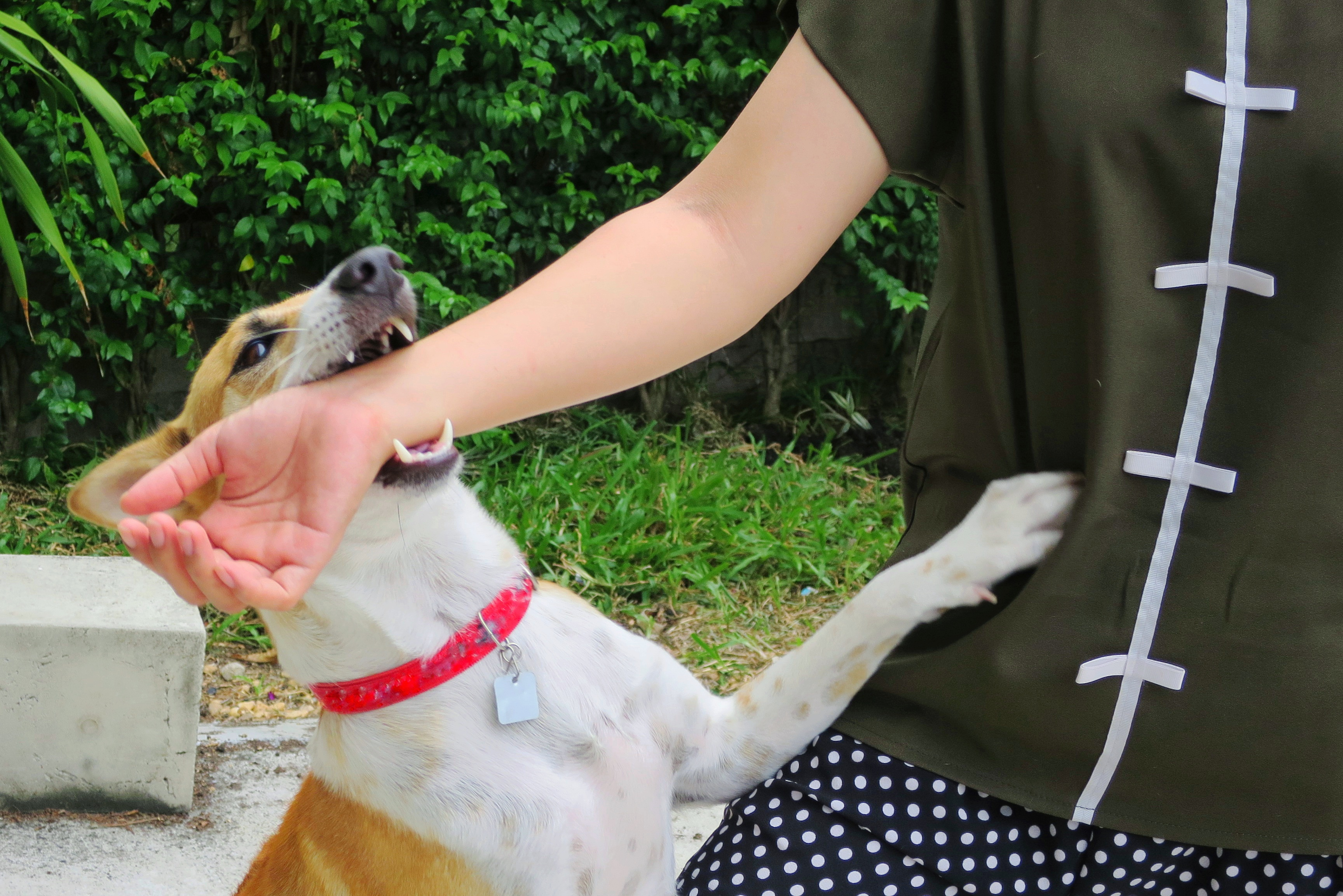
Credit: Getty
How to stop a dog biting and nipping, by award-winning trainer Ben Randall
Biting and nipping is top of the list of issues that dog owners most fear that they'll have to deal
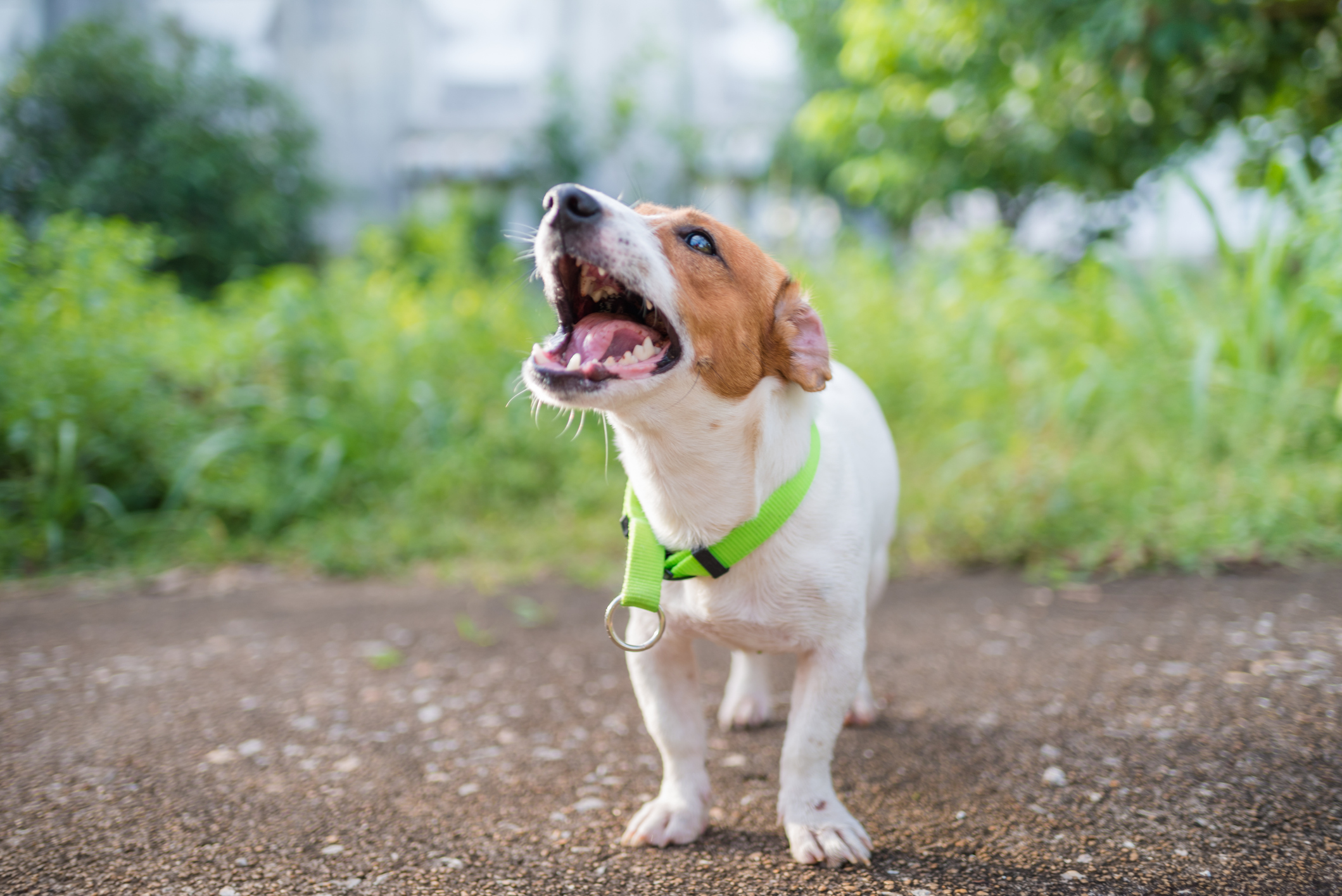
Puppy aggression: How to nip it in the bud before it becomes a problem, by award-winning trainer Ben Randall
A reader whose lovely puppy is starting to show worrying behaviour writes — and Ben Randall has some expert advice.
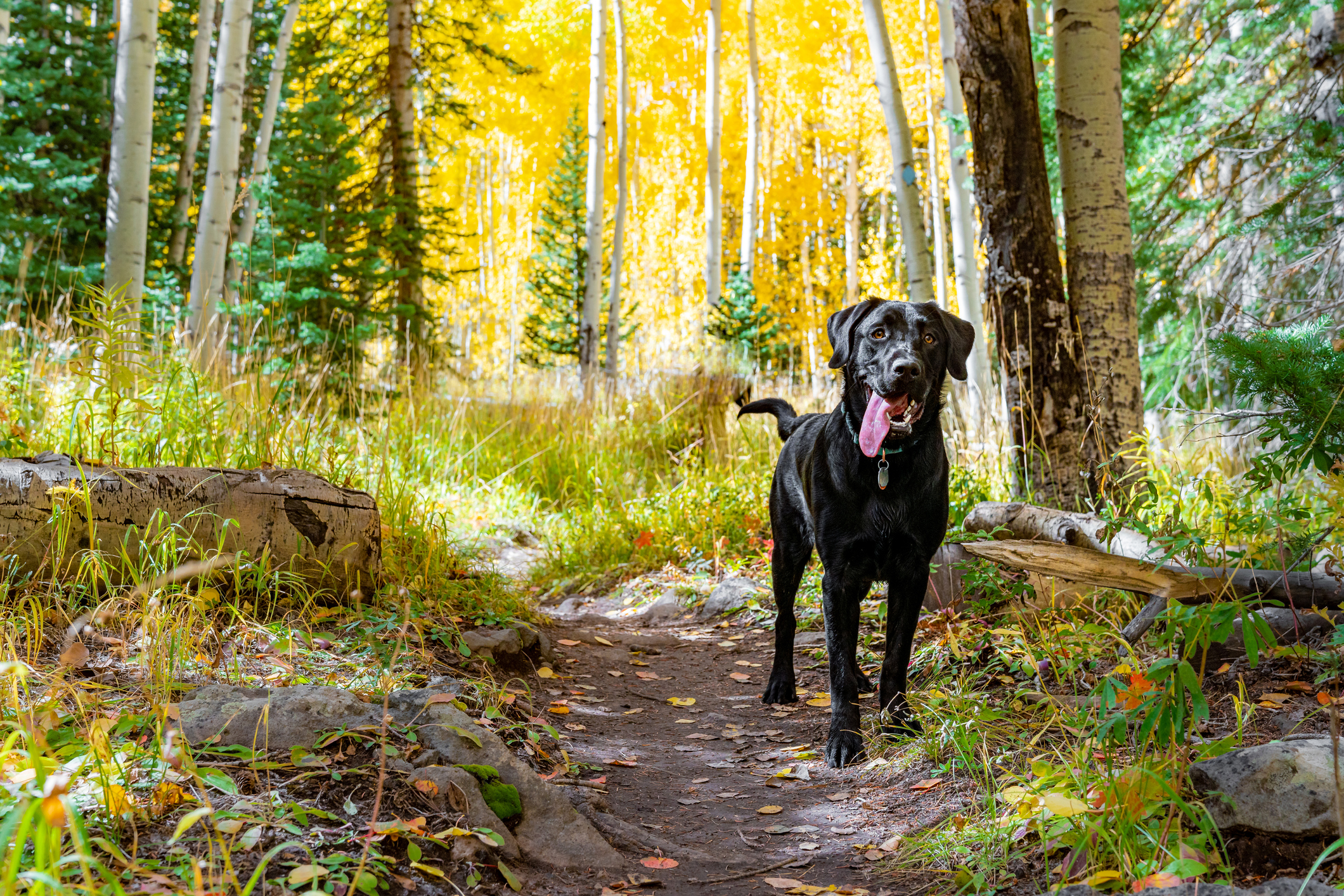
Credit: Jeremy Poland / Getty
How to stop a dog playing with rocks in the water, by top trainer Ben Randall
Some dogs get it into their heads to try to retrieve all manner of dangerous objects, such as sticks, rocks,
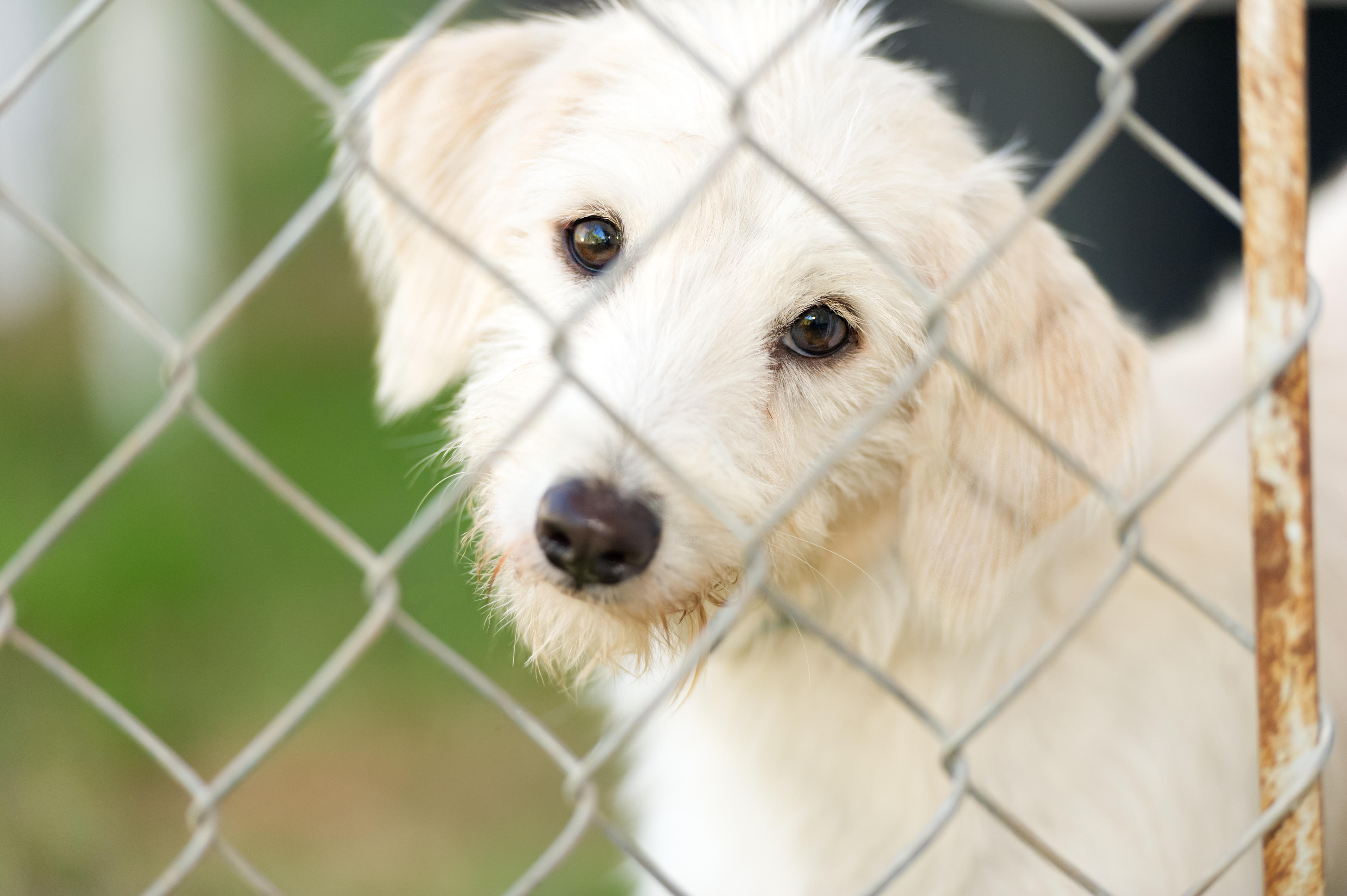
How to choose a rescue dog, by expert trainer Ben Randall
Adopting a dog in need of a new home can be a fabulous experience that will transform your life for
-
 Vibrant colours and exquisite taste make this three-bedroom London townhouse sing
Vibrant colours and exquisite taste make this three-bedroom London townhouse singOn Kennington's West Square, this Grade II-listed home is a monument to the discerning eye.
-
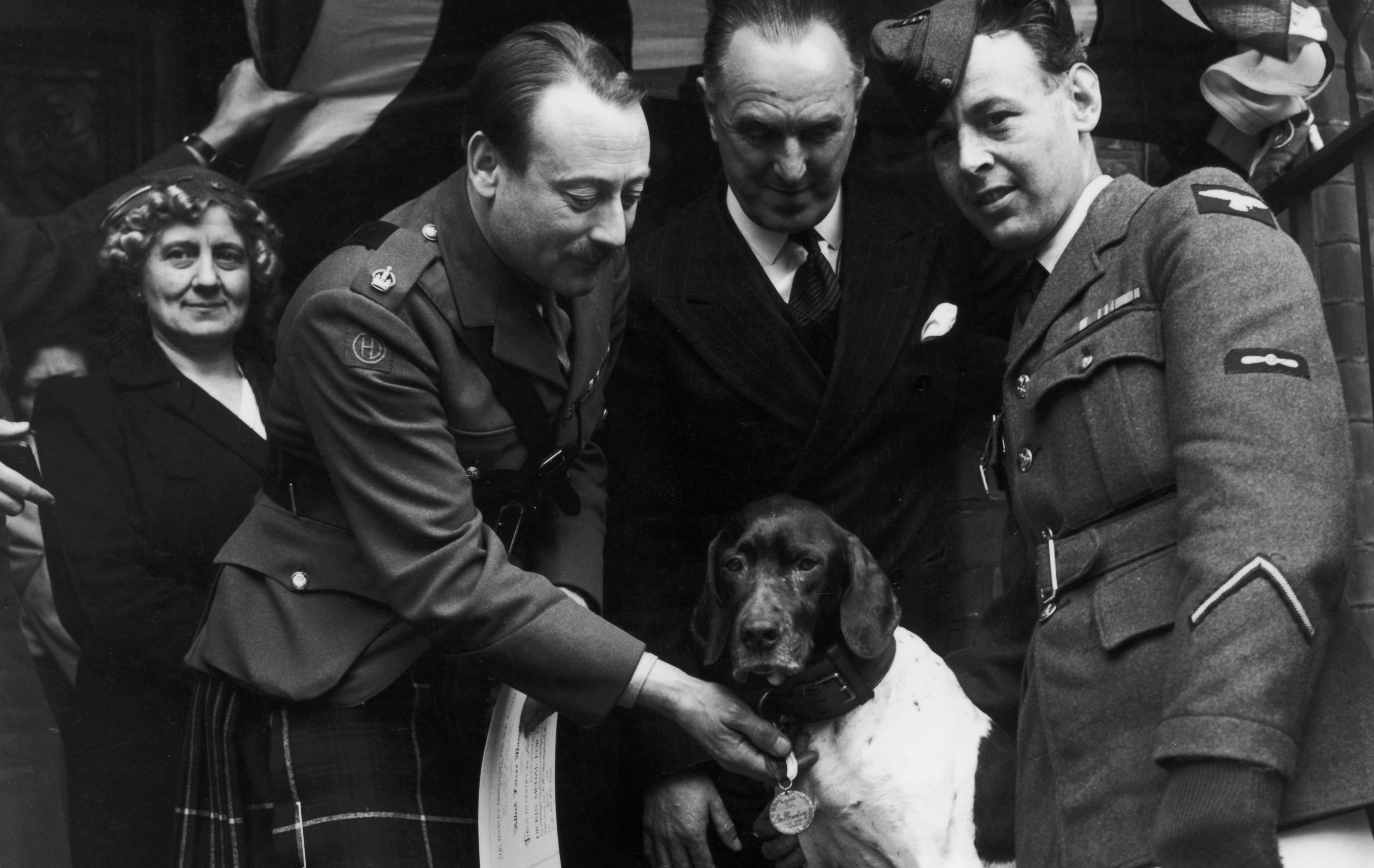 What do 32 pigeons, 38 dogs, four horses and one cat have in common? They've all been awarded a Dicken medal, and now you can have one too
What do 32 pigeons, 38 dogs, four horses and one cat have in common? They've all been awarded a Dicken medal, and now you can have one tooPunch and Judy, two brave boxer dogs, saved the lives of British officers in Palastine. Now Judy's PDSA Dickin Medal will go under the hammer at Noonans on June 11.